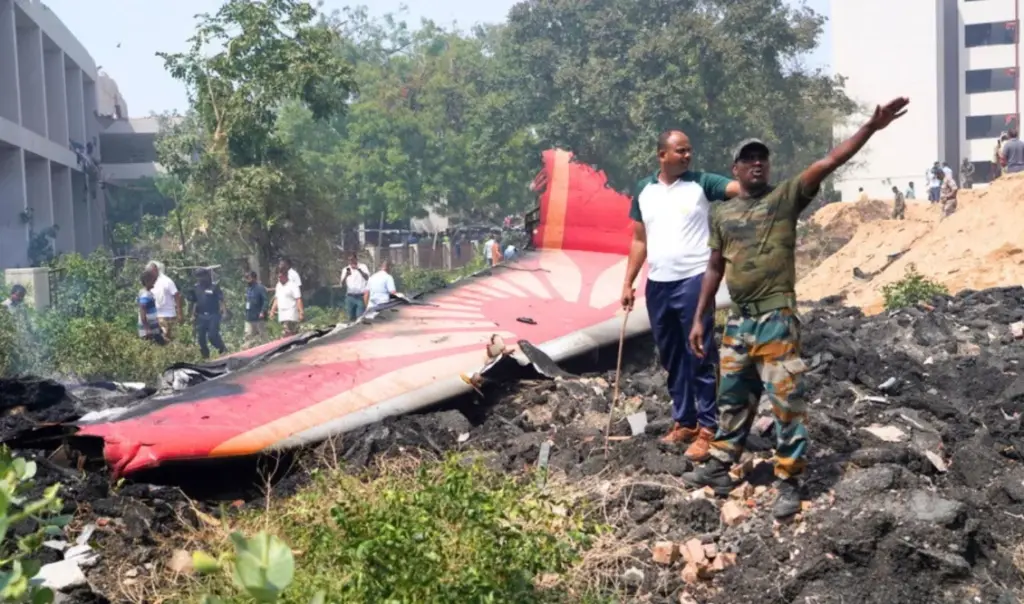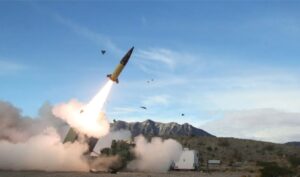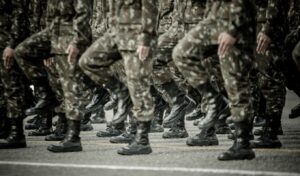Answers to what happened aboard the Air India aircraft on June 12 are provided in a preliminary report from the crash investigation, published by Reuters. According to the report, experts describe what occurred inside the cockpit during its final moments, from takeoff to the crash into buildings near the airport. A fatal journey that lasted just 32 seconds.
In recent days, experts have maintained that the aircraft crash occurred when both fuel flow control switches were moved to the “cutoff” position one after the other. The result of this specific action was to cut fuel supply to the engines, cause immediate loss of aircraft thrust, and within seconds crash into buildings.
The Air India aircraft disaster near Ahmedabad airport claimed the lives of 241 people on board, as well as 19 people on the ground. Only one passenger survived the crash.
Air India: Where are the fuel flow control switches located – How they function
The Boeing Dreamliner fuel flow control switches are located on the central console of the cockpit, directly below the engine thrust levers. They are used to control fuel flow to the engines – primarily during engine startup and shutdown on the ground, or in flight to disable an engine in case of malfunction.
However, as experts note, the fuel switches are not so simple to move from one position to another, as they have a spring-loaded locking mechanism that keeps them in position and prevents accidental movement. This means either the pilot or co-pilot must lift the switch upward before moving it from the run position to the cutoff position or vice versa.
Aviation experts state that a pilot could not move the fuel switches accidentally. They add that once moved, the effect is immediate and engine power is cut.
Panic in the Air India aircraft cockpit – “Why did you cut the fuel supply?”
SkyNews had noted that panic prevailed in the cockpit, with the voice recording reportedly revealing that one of the pilots asks the other why he “cut it off” (i.e., the fuel supply). The other pilot responds that he didn’t do it. The 15-page report does not specify which comments were made by the flight captain and which by the first officer. One of the pilots made an emergency call with the characteristic “mayday” signal shortly before the crash. Both pilots were experienced, with approximately 19,000 flight hours between them, of which more than 9,000 were on the Boeing 787.
One of the engines restarted, but it was not enough to reverse the aircraft’s deceleration, according to the report.
As the report explains, “no significant fault has been identified in the aircraft or its engines.”




